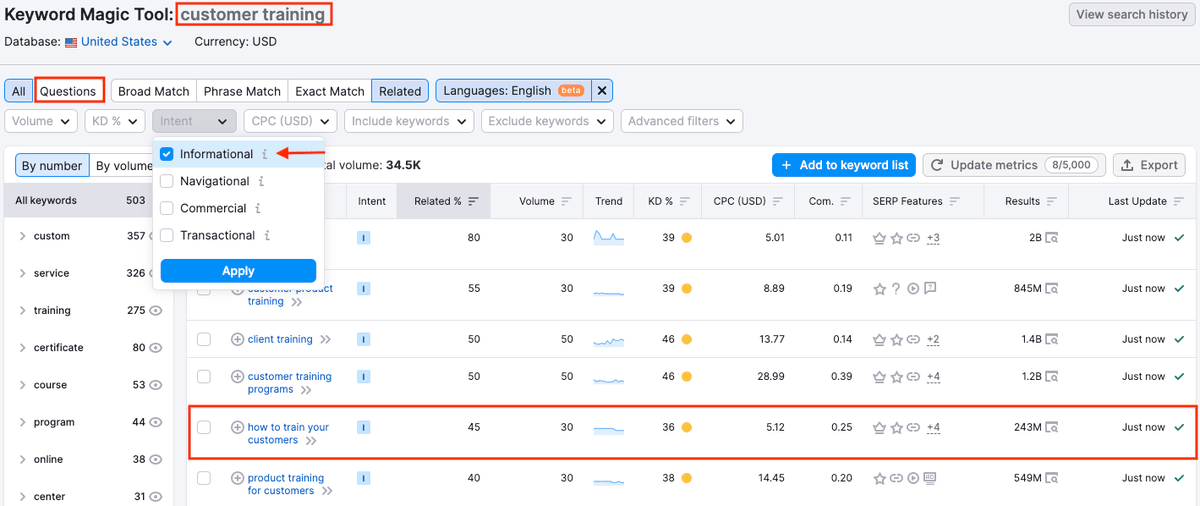
Hey there, I’m Nikki Halliwell, a freelance technical SEO Consultant and Tech SEO Specialist at @JourneyFurther.
As a lover of website audits, I wanted to share 7 steps to help you create more than just a boilerplate audit.
#SEOThread @NikkiRHalliwell
As a lover of website audits, I wanted to share 7 steps to help you create more than just a boilerplate audit.
#SEOThread @NikkiRHalliwell

1. Gather Basic Website Information
There’s no point in doing an audit if you don’t know why you’re doing it. Get information from the client & click through the site like a user trying to convert; it’s important you understand their frustrations.
#SEOThread @NikkiRHalliwell
There’s no point in doing an audit if you don’t know why you’re doing it. Get information from the client & click through the site like a user trying to convert; it’s important you understand their frustrations.
#SEOThread @NikkiRHalliwell
2. Gather Your Data
Spend time analyzing GSC and GA for trends or issues. Remember to also use Semrush to gather visibility and keyword data. You’ll need all of this when you get into the audit.
#SEOThread @NikkiRHalliwell
Spend time analyzing GSC and GA for trends or issues. Remember to also use Semrush to gather visibility and keyword data. You’ll need all of this when you get into the audit.
#SEOThread @NikkiRHalliwell
3. Check the Backlink Profile
While checking for manual actions, understanding link-building activity & the links the site attracts can influence decisions made later on. How does the no of Backlinks relate to the no of referring domains?
#SEOThread @NikkiRHalliwell
While checking for manual actions, understanding link-building activity & the links the site attracts can influence decisions made later on. How does the no of Backlinks relate to the no of referring domains?
#SEOThread @NikkiRHalliwell
4. Technical Checks
Look for any barriers to crawling, indexing & rendering. See how many pages are indexed, the rules in robots.txt & how meta robots are used. Use the mobile-friendly test & ensure the correct URLs are included in the XML sitemap
#SEOThread @NikkiRHalliwell
Look for any barriers to crawling, indexing & rendering. See how many pages are indexed, the rules in robots.txt & how meta robots are used. Use the mobile-friendly test & ensure the correct URLs are included in the XML sitemap
#SEOThread @NikkiRHalliwell
5. Internal Link Utilisation
Internal linking can make or break a site. Ensure money pages are linked to, if breadcrumbs are used, and how canonicals are implemented. Structured data help search engines understand the page, so check the execution too
@NikkiRHalliwell
Internal linking can make or break a site. Ensure money pages are linked to, if breadcrumbs are used, and how canonicals are implemented. Structured data help search engines understand the page, so check the execution too
@NikkiRHalliwell

6. Redirects & Status Codes
It's natural for a site to have some 404s. It’s important too that it can generate a 404 status code. Try navigating to nonsense URLs & see what happens.
An URL should only be redirected once.
#SEOThread @NikkiRHalliwell
It's natural for a site to have some 404s. It’s important too that it can generate a 404 status code. Try navigating to nonsense URLs & see what happens.
An URL should only be redirected once.
#SEOThread @NikkiRHalliwell
7. Content & Keywords
The keywords/content we use matter. When auditing, check that the content matches user intent & ensure keywords aren't stuffed or misused. You should also check if a keyword strategy is currently in place or needs improvement.
#SEOThread @NikkiRHalliwell
The keywords/content we use matter. When auditing, check that the content matches user intent & ensure keywords aren't stuffed or misused. You should also check if a keyword strategy is currently in place or needs improvement.
#SEOThread @NikkiRHalliwell
These are 7 areas to check during a website audit that will give you a comprehensive view of performance and allow you to make recommendations that matter.
I hope you find it useful.
#SEOThread @NikkiRHalliwell
I hope you find it useful.
#SEOThread @NikkiRHalliwell
• • •
Missing some Tweet in this thread? You can try to
force a refresh










